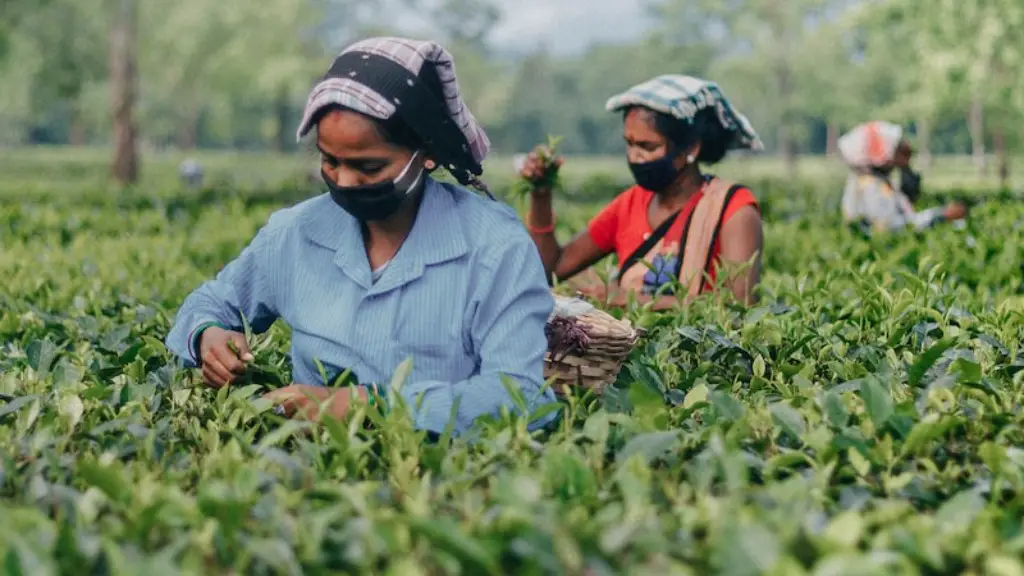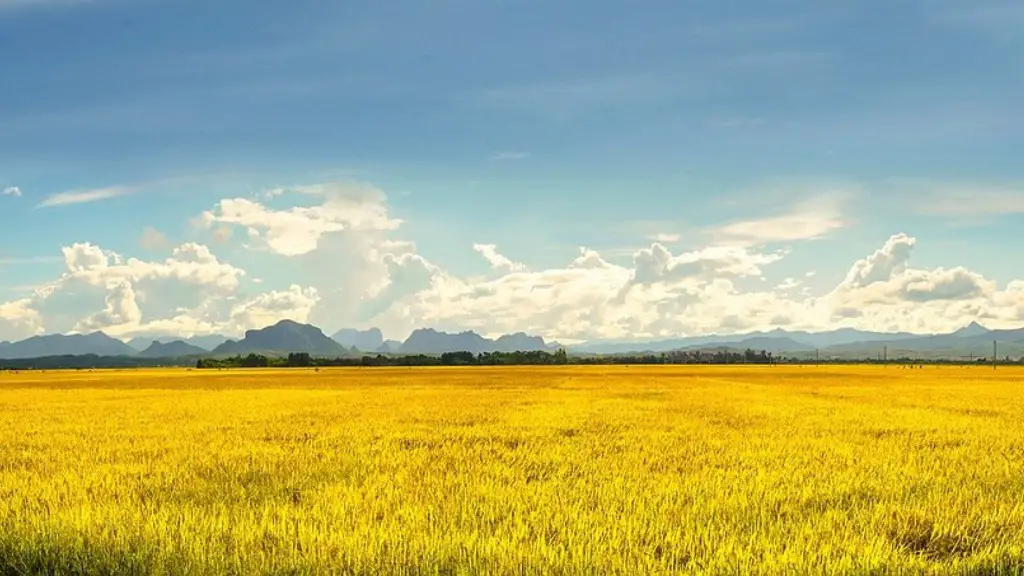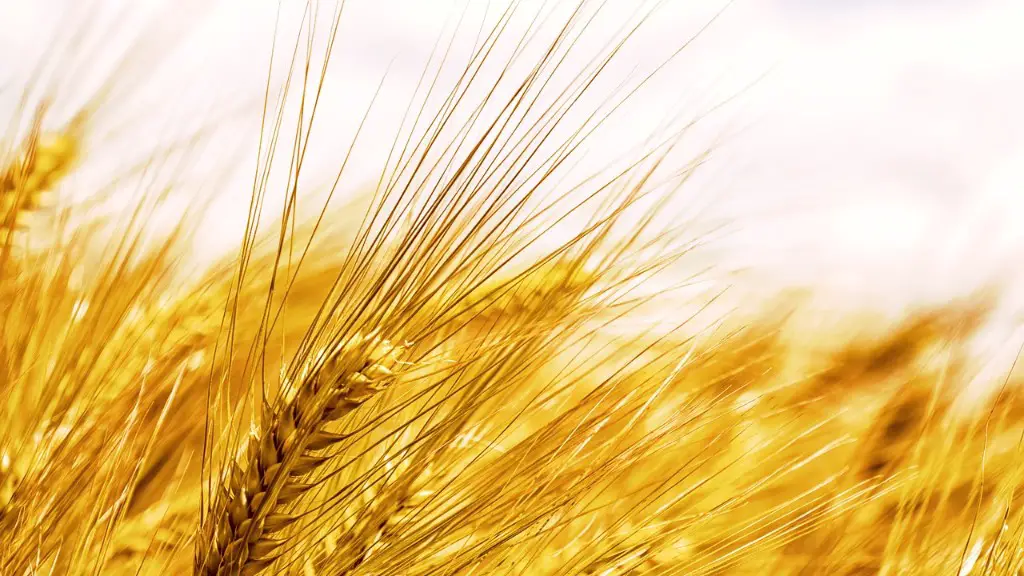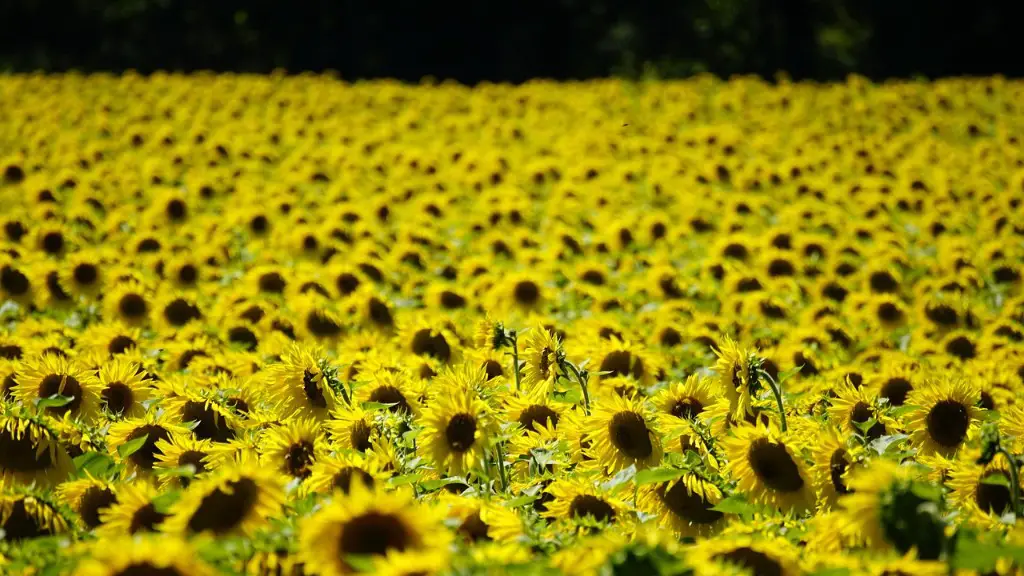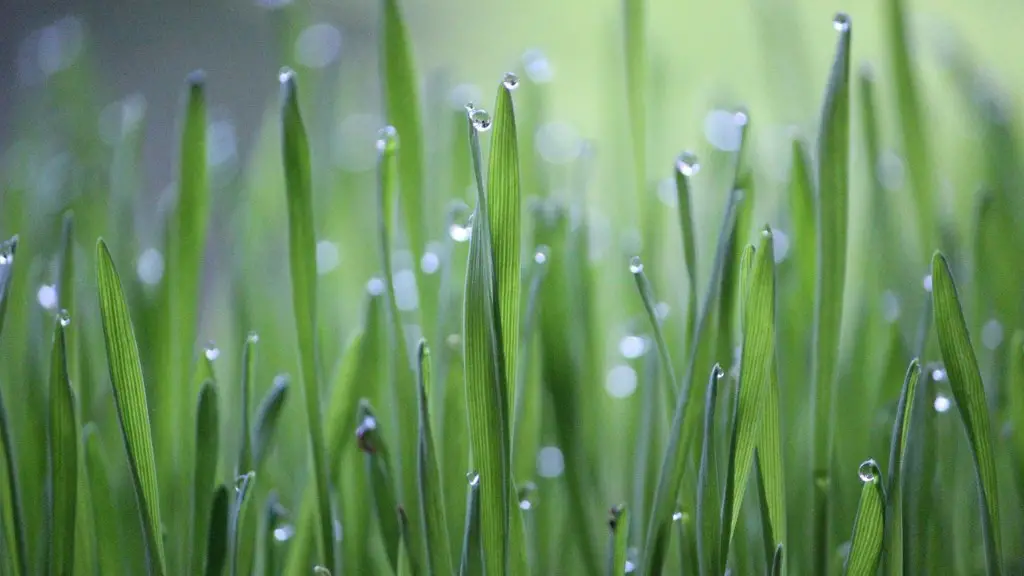Pest and disease control in agriculture is the practice of protecting crops from damage caused by pests and diseases. Crops can be damaged by a wide variety of pests and diseases, including insects, fungi, bacteria, and viruses. pest and disease control measures are used to prevent or mitigate the damage caused by these organisms.
Pest and disease control in agriculture is the strategic and tactical application of methods to reduce the population of pests, while also protecting crops from diseases. These methods can include chemical, biological, and cultural controls.
What is agricultural pest control?
US farmers employ a range of pest management strategies to control weeds, insects, fungi, viruses, and bacteria. They till their soils, rotate their crops, scout their fields, and carefully consider factors such as plant density and planting dates. They also apply organic and synthetic pesticides.
Pests and diseases can refer to any number of different organisms that can cause harm to crops or other plants. These can include insects, mites, nematodes, slugs, snails, protozoa, bacteria, fungi, and even viruses. Some of these may be present in the environment naturally, while others may be introduced through human activity, such as agricultural or horticultural practices. Control of pests and diseases is essential to ensuring a healthy crop, and various methods may be employed, such as physical removal, chemical treatment, or biological control.
What is the meaning of pest and disease management
Pest and disease management is a critical part of ensuring a healthy crop. Most management practices are long-term activities that aim at preventing pests and diseases from affecting a crop. Management focuses on keeping existing pest populations and diseases low. This is done through a combination of activities such as crop rotation, using resistant varieties, and using pest- and disease-free seed.
Cultural control methods involve altering the environment to make it less favorable for pests. This can be done by changing the temperature, humidity, or by increasing air circulation. Host resistance involves using plants that are naturally resistant to pests. Physical control methods involve using barriers or traps to keep pests out. Mechanical control methods involve using physical means to remove pests, such as hand picking or vacuuming. Biological control methods involve using other organisms to control pests. This can be done by using predators, parasites, or pathogens. Chemical control methods involve using pesticides to kill pests.
Why is pest control important in agriculture?
Pest management is an important component of crop production. Pests can have a detrimental effect on horticultural operations by affecting the quantity, quality and ultimately, the marketability, of the crops grown. A pest is any animal, insect, weed or disease that attacks a crop.
Pest management strategies aim to reduce the impact of pests on crops. These strategies can include physical, chemical and biological control methods. Physical control methods include crop rotation, mulching and trapping. Chemical control methods include the use of pesticides. Biological control methods include the use of predators, parasites and pathogens.
Pest management is an important consideration for all horticultural operations. The type of pest, the severity of the infestation and the type of crop grown will all affect the pest management strategy that is used.
Pest control is an important part of any facility management program. A well-implemented pest control program can prevent pest infestation and help to keep your facility clean and safe.
Why are pest and diseases important?
Pesticides are an important part of keeping our crops safe from pests and diseases. More than half of all crops would be lost without them. Losing crop production to pests and diseases would have a major impact on the world’s food supply.
Temperature and rainfall have a big impact on the spread of pests and diseases, according to experts. Pests and diseases can spread more easily in warm, wet conditions, so it’s important to be aware of the forecast and take steps to protect your crops if necessary.
What are some common plant pests and diseases
Sooty mold is a type of fungus that commonly affects plants. It can be prevented by keeping the plant area clean and free of debris. Treatment involves using a fungicide.
Fusarium wilt is a type of plant disease that can be prevented by ensuring the plant has enough moisture. Treatment involves using a fungicide.
Fire blight is a type of plant disease that can be prevented by ensuring the plant is not under stress. Treatment involves using a fungicide.
Aphids are a type of insect that can be controlled by using insecticides.
Thrips are a type of insect that can be controlled by using insecticides.
Oleander leaf scorch is a type of plant disease that can be prevented by ensuring the plant has enough moisture. Treatment involves using a fungicide.
Pest control covers a wide range of strategies to manage and remove pests from an environment. The three main types of pest management are physical, chemical, and biological.
Physical pest control involves trapping and exterminating or removal of pests to eliminate them from an environment. Chemical pest control involves using pesticides to kill pests. Biological pest control involves using natural predators or parasites to control pests.
How can we control pest and disease in natural farming?
Pest control can be a tricky business, but there are a few things that you can do to help control the pests in your home or office. One way to control pests is by using plant-based products like neem extracts or neem oil. Another way to control pests is by using biological agents like fungi, insects, bacteria, or viruses. Finally, you can also control pests by using animal extracts like fish oil or spinocin from bacteria.
Pest management in organic farming is a critical aspect in order to maintain crop yields and quality. There are a number of techniques that can be employed to control pests, including the use of appropriate cropping techniques, biological control, and natural pesticides. Cropping techniques such as crop rotation can be effective in preventing pests from becoming established in the first place, while natural pesticides derived from plants or animals can be effective in controlling pests without introducing harmful chemicals into the environment.
What is the best method of pest and disease control
There is no doubt that the use of agricultural chemicals is the most effective method to control insect pests and diseases in crops. However, it is important to use them in the right way to prevent any negative impacts on the environment.
There are four main types of pest control: chemical, biological, physical, and electronic.
Chemical pest control involves using chemical treatments to deter any kind of pest. Biological pest control involves the use of living organisms to control a pest population. Physical pest control involves using physical barriers or traps to keep pest out or remove them from an area. Electronic pest control uses electronic devices to repel or kill pests.
What are the 5 methods of pest control?
Pest control is the process of using different methods to manage and eliminate pests. Some common methods of pest control include physical methods such as traps and poison baits, fumigation, and sterilization. Another method of pest control is insulation, which is used to prevent pests from entering a specific area.
Physical pest control is a method of controlling pests by removing or destroying their nests, blocking their holes, windows or doorways, or controlling the temperature to kill them. This method is often used in combination with other methods, such as chemical pest control, to achieve the best results.
What are the types of pest control in farming
The control methods in integrated pest management (IPM) vary depending on the pest, but can include cultural, biological, mechanical, and chemical control methods. IPM is an approach to pest management that focuses on long-term prevention and management of pests, rather than just treating them when they arise.
A thorough inspection is the most important part of a successful pest management protocol. This is because it provides the PMP with important information to consider when making recommendations and creating an effective treatment plan. Without a thorough inspection, it would be difficult to provide an effective pest control service.
Warp Up
Pest and disease control in agriculture is the process of protecting crops from damage caused by pests and diseases. This can be done through the use of pesticides, herbicides, and fungicides, as well as through the use of, crop rotation, crop selection, and other cultural practices.
Pest and disease control in agriculture is the process of protecting crops from pests and diseases. This can be done through a variety of methods, such as using pesticides, traps, and natural predators. Pest and disease control is important for ensuring a healthy crop yield and protecting the food supply.
